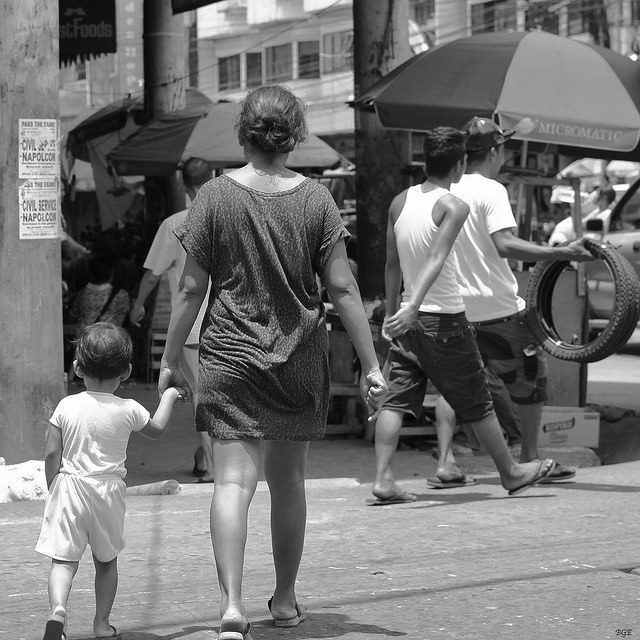All survivors of sexual assault and harassment deserve support and respect.

In October of 2017, actor Terry Crews courageously added his voice to a growing wave of survivors breaking their silence about sexual harassment and assault on a global scale.
This week, Terry Crews’ status as a survivor is making headlines again, but for all the wrong reasons, as Crews endures victim-blaming, skepticism, and other forms of revictimization following several celebrities’ mockery of Crews’ sexual assault.
Stop Street Harassment stands with all survivors of sexual harassment and assault, and we know all too well that Terry Crews is not alone in his experience. Our most recent survey research confirms that all genders experience harassment or assault: forty-three percent of men surveyed in 2018 said they’d experienced sexual harassment or assault. Twenty-six percent of men reported experiencing some form of physical sexual harassment. 17 percent said they’d experienced unwanted sexual touching, and 7 percent said they’d been sexually assaulted.
There is no “right” way for a person to act when they are disrespected, sexually objectified, made to feel unsafe, or touched without their consent. When someone comes forward and courageously shares a story of harassment or assault, the last thing they deserve is to have others speculate on what they could have or should have done, either in the moment or in the weeks, months, or years that follow.
Stop Street Harassment remains committed to ending gender-based public sexual harassment, and part of that work is uplifting survivors of any kind of harassment or assault. Thank you again to Terry Crews for adding his story and his support to a movement we hope will continue making the world a safer place for all survivors.
–Stop Street Harassment Board of Directors



